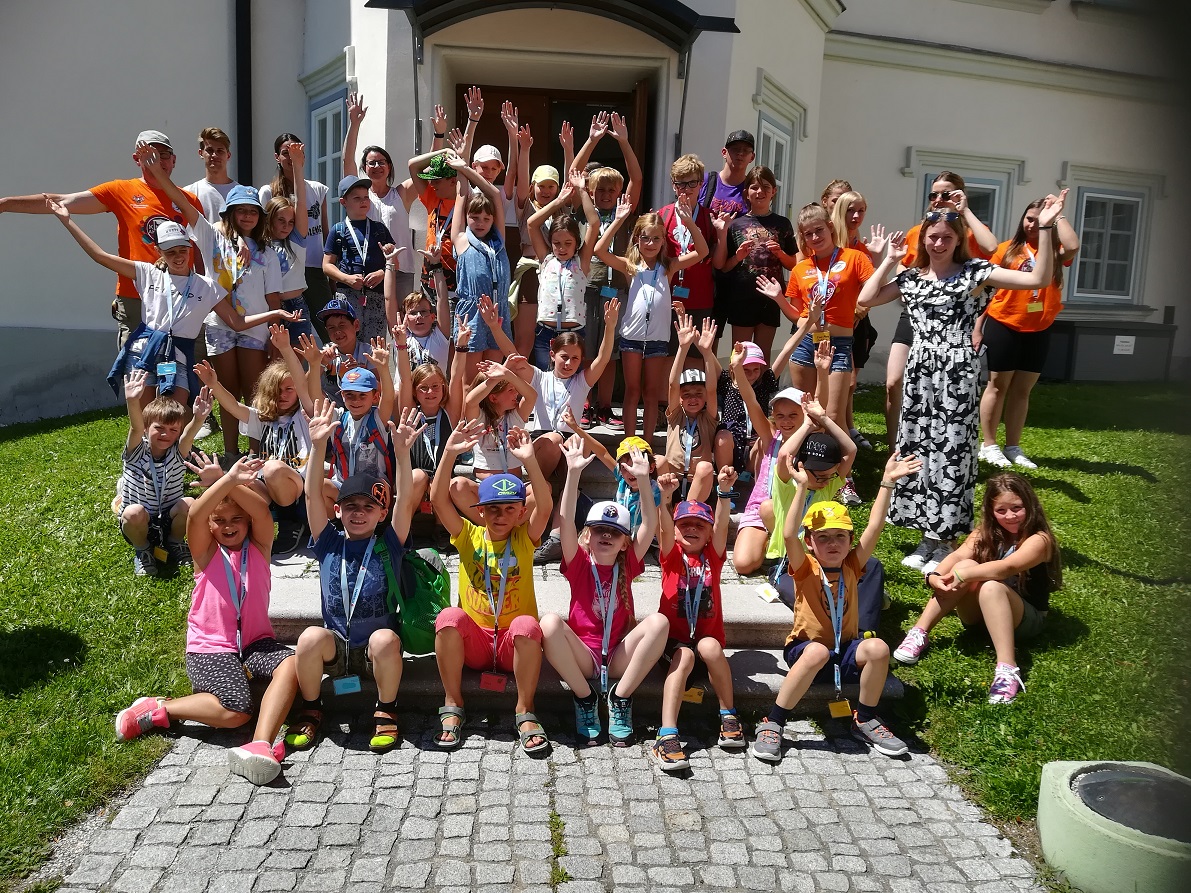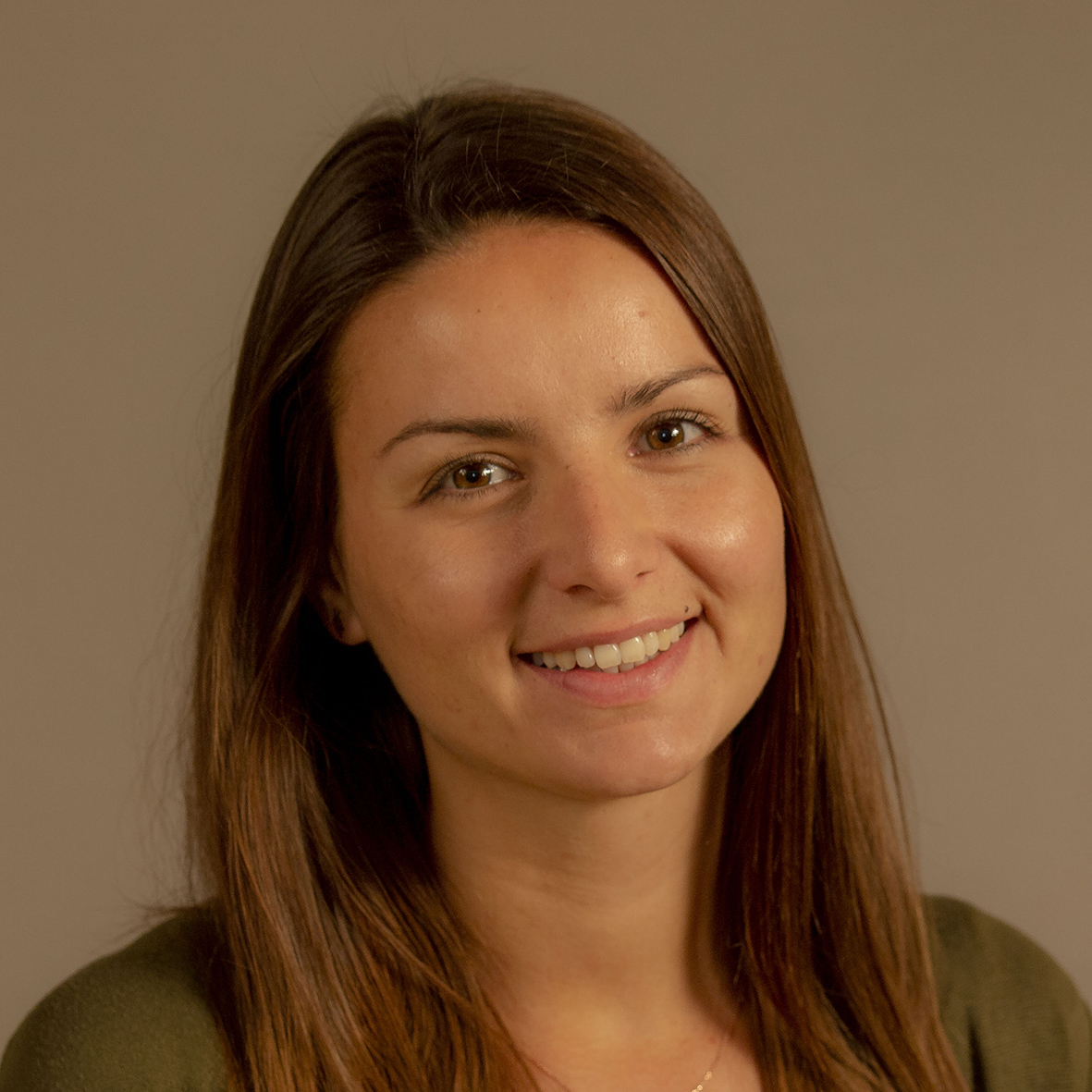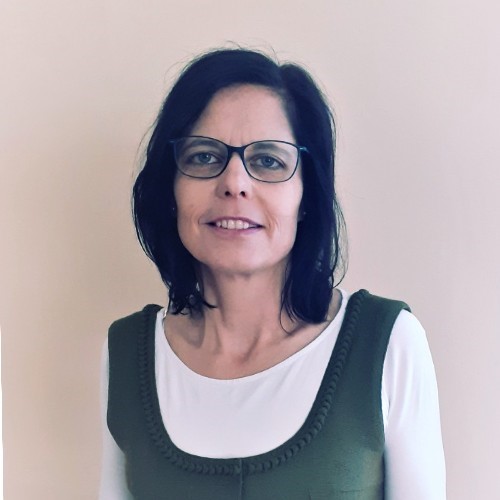This year's topics included "Arable crops, vegetable crops and other foods for local/regional production and consumption", "The soil under our feet - knowledge and experiments on the formation of the soil and soil functions" and "Livestock farming with all the senses - what eats." the cow? Where does the food come from?” to research.
When they arrived at the research institute, the young researchers from the Rottenmann Children's Academy were first welcomed by Renate Mayer and made aware of the activities at the HBLFA and the networking of research and teaching.
The first topic was “Olfacometry”. Based on their sensory perceptions, the students approached the problem of exposure to odors from agriculture and were allowed to sniff stable air at varying levels of concentration using the “electronic nose”. The station was supervised by Michael Kropsch and Daniela Vockenhuber.
On the topic “ The soil under our feet – knowledge and experiments on the formation of the soil and soil functions”, the students examined various crops under the guidance of Renate Mayer, such as soybeans and potatoes (Tritticale, a cross between female wheat and male rye partners) in the open field and then researched root growth and soil types in the lysimeter swing cellar on the underground glass windows. It was quickly discovered that all plants have a different root structure and prefer different soils. Renate Mayer, Simon Grundner, Agnes Gotthardt and Kathrin Blanzano led the young students through a station operation as an experimental workshop. Before everyone built their own mini sewage treatment plant, soil formation was discussed together. The bottom of the PET bottle was cut off and holes were made in the lid. The bottle was placed upside down in a glass and then filled with layers of gravel, coarse and fine sand and grass. After everyone poured the prepared dirty brown water into the water filter, it took a few minutes for filtered, clean water to collect in the glass container under the bottle. The interested students used the soil drill to analyze the soil layers and type of soil in the research area, and the hydrochloric acid test was used to check whether there were calcareous rocks in the soil or under the types of rock being examined.
The experiment explains in a simple way how our groundwater is filtered through the soil and therefore plays a particularly important role in the availability of water as the most important food.
At the station “Animal husbandry with all senses – what does the cow eat? Where does the feed come from?” Georg Terler and Daniel Entrance explained the four different types of feed that the cattle get to eat, how the feed is produced and where it comes from. General information that a cow gets four meals a day (two in the morning and two in the evening) and that cows can drink up to 200 liters of water on hot days also aroused great interest. The children lingered with great enthusiasm and petted the calves
could. When feeding calves, they learned that there are several options: for example, drinking the mother's milk directly from the mother cow, from a milk machine, or from buckets with a rubber teat.
The children then tried milking on the simulator, but it turned out that the whole thing is not that easy and quite time-consuming. Water is filled into the rubber udder, which can then be “milked”. The children solved this challenge very skillfully and with full commitment. The real milking robot, which replaces the strenuous manual milking, was then viewed and the young guests were able to watch two cows being milked. At the same time, Georg Terler explained what was happening. In the cowshed, the young researchers also got an insight into the work processes and the importance of research for animal welfare and healthy, regional, high-quality food.
The topic of “Arable, vegetable crops and other foods for local/regional production and consumption” could be researched in the Lebenshilfe Ennstal cultural garden. Agnes Gotthardt explained the development of agriculture in the Ennstal in recent decades as well as the climate change-related changes and adaptation strategies. Birgit Ecker welcomed the young researchers to the colorful garden with a large variety of plants, fruits, herbs and vegetables and started with a sample of freshly harvested carrots, herbs, tasty flower blossoms and tomatoes. The greenhouse also demonstrated how to cross two tomato plants to create a new tasty and weather-adapted tomato variety.
After this informative and eventful day, the children's academy students fortified themselves with a warm lunch at Gumpenstein Castle.











